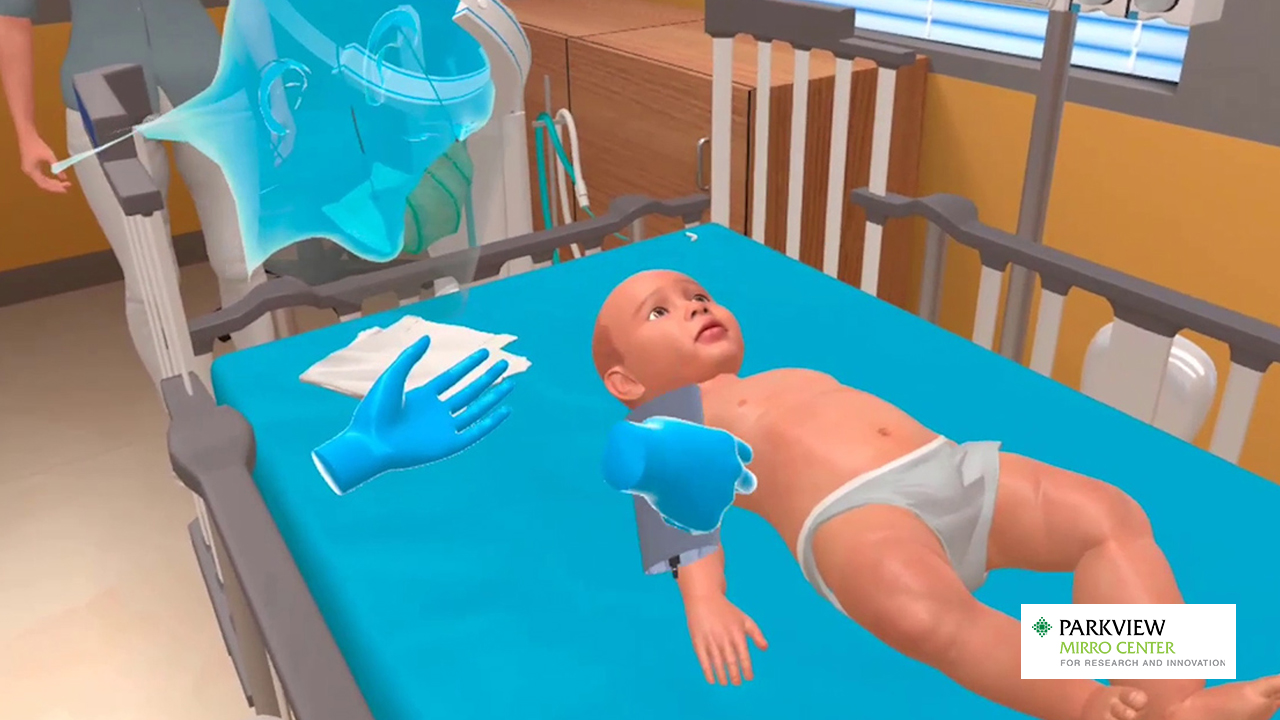
What is a Central Venous Cather (CVC) Insertion?
Central venous (CV) catheter, also known as a central line, is a thin, flexible tube with a jugular, subclavian or femoral placement that is threaded or guided into the superior vena cava, a large vein on the right side of the heart. This is a long, flexible tube that generally feeds into or near the heart, thus allowing the rapid delivery of required medication. In contrast to the IV lines that are typically used to administer medication (through veins near the skin’s surface) for relatively short periods of time, a CVC insertion can remain in place for weeks or even months. Some patients may also require the administration of medicine through a CV line several times in a single day. CV catheters are essential in the treatment of several conditions and see prominent use in Intensive Care Units (ICUs).
The CV catheter is used in obtaining clinically useful information like right ventricular preload, cardiovascular status and fluid balance in patients.
Purpose of CVC Insertion
The primary function of CV catheters is to rapidly deliver required substances to a specific area of the body (usually in or near the heart). These substances can be medication, such as pain relief and anti-cancer drugs or nutritional fluids. Certain medical tests may also require the usage of CV catheters. Indications for a CV catheter may include any of the following:
-
Acute blood loss
-
Hemodynamic instability
-
Administration of vesicant irritant medications
-
Administration of total parenteral nutrition
-
Lack of peripheral venous access
-
Assessment of hypovolemia or hypervolemia
-
Monitoring of CVP
-
Placement of PA catheters or placement of transvenous pacemakers
-
Hemodialysis access
CV Catheter Insertion Training
While the insertion procedure is performed by the medical practitioner, a nurse is always required before, during and after the procedure. It is the nurse’s task to prepare the equipment and the patient as well as record observations during the process. The VR simulation training program from MedVR Education helps nurses practice for the following skills:
Preparing Single Transducer Hemodynamic Pressure Monitoring System: In order to ensure a smooth and error-free procedure, all necessary equipment required for the CV catheter insertion must be ready beforehand, with the single transducer hemodynamic pressure monitoring system being one of the very important ones. Labeling of medicines and cross-checking of equipment is a must before the practitioner begins the insertion. Practicing this task with the provided affordances gives a realistic feel to the task and helps nurses get extremely well acquainted with the steps.
Insertion Site Preparation: Once all equipment is ready, the patient too needs to be prepared for the procedure. Tasks like cleansing the insertion site, positioning the patient, administering required medication etc. need to be completed before the practitioner makes the insertion. Practicing in a virtual environment with a virtual patient provides opportunities to erase all possible error points and perfect the task.
Flushing Lumens and Securing the Catheter: After the practitioner completes the insertion procedure it is the job of the nurse to perform post-insertion tasks like flushing lumens with a sterile preservative, labelling tubing and dressing, securing the catheter, etc. Post-insertion tasks are just as important as the insertion to ensure a safe and infection-free procedure.
Why train with MedVR Education?
Nurses play an important role in assisting medical practitioners perform their tasks smoothly and with ease. Nurses too, in order to perform their duty with perfection and confidence, need to practice their tasks and polish their skills from time to time. MedVR Education not only helps build skills but also improve upon existing skills as it offers a list of benefits to all learners.
Practicing with virtual humans not only mimics a real-world scenario but also eliminates the risk factor.
The photo-realistic virtual environment replicates actual healthcare facilities, thus helping build a sense of familiarity and comfort.
Since it is virtual, it is possible to practice multiple times enabling thorough and perfect skill-building opportunities.
With repeated practice, tasks become a habit and boosted confidence is a given.
The web-based XR platform facilitates self-analysis of performance and helps rectify mistakes.
Customized feedback from facilitators proves to be highly effective in identifying skills calling for extra practice.
Remote installation and updates of apps grants easy access to programs.
Every procedure in a medical facility, no matter how small or big, is of great significance as it is directly connected with the well-being of a person. In order to ensure effective and efficient treatment, healthcare professionals need enough practice to perform with confidence and instill a feeling of trust and belief in the patient.
Contact us to know more about VR in healthcare training, or visit the MedVR Education webpage to explore the various programs we offer.


